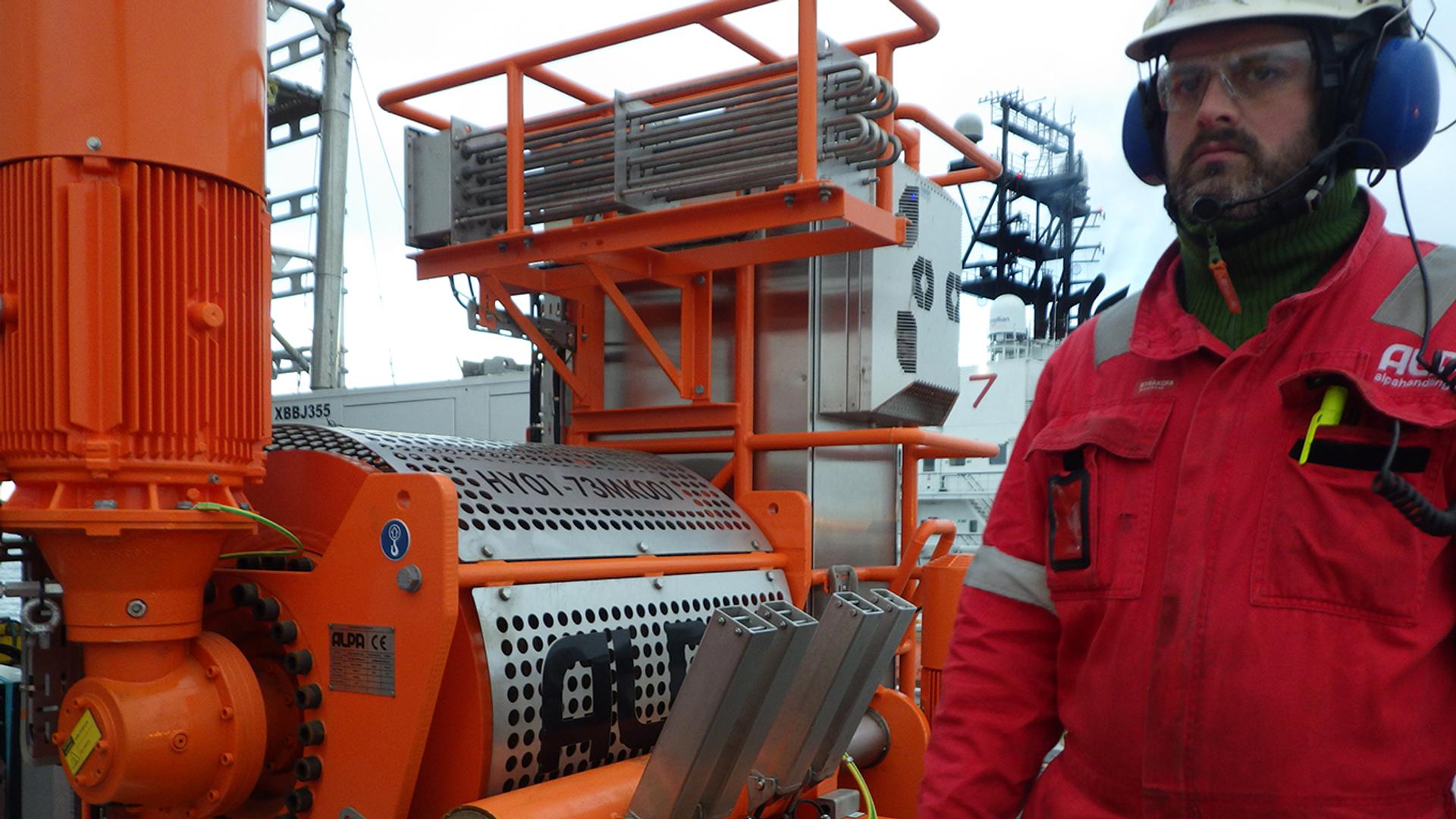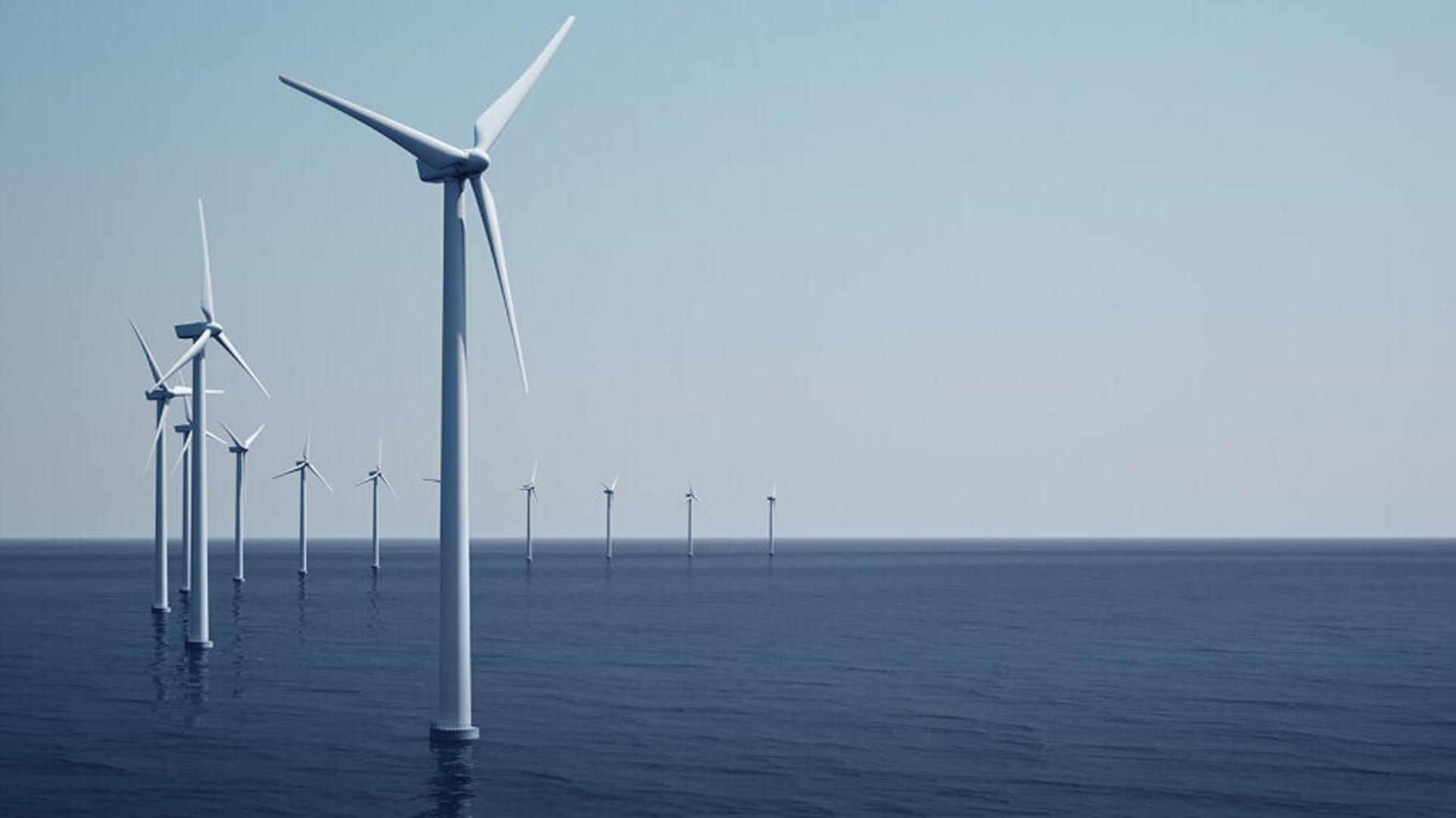Around the world with Team Norway: South Korea emerges as a global leader in floating wind

South Korea is surrounded by water, giving it great potential for offshore wind development. The country’s west coast has shallow waters suitable for bottom-fixed turbines, while the east coast and parts of the south coast, where the waters are deeper, are more suitable for floating wind turbines. This unique landscape creates significant opportunities for international collaboration.
“South Korea is expected to secure a large portion of global floating wind, and there are high-potential areas where the industries in Korea and Norway can cooperate in developing offshore wind,” states Gunn Kim, Senior Market Advisor at Innovation Norway’s office in South Korea.
Globally, 7.3 gigawatts (GW) of floating wind are expected to be installed by 2030, of which Korea may account for as much as 2.8 GW.
Strong Norwegian interest in South Korean market
South Korea and Norway have a history of collaboration that dates back almost 50 years. Their cooperation started in the 1970s when Korean shipyards, including Hyundai, Samsung and Hanwha (formerly Daewoo), were established. Norwegian shipowners and oil companies began building vessels and oil and gas platforms at these shipyards.
Since then, Korea has excelled in building such structures, while Norway has developed extensive expertise in operating them. This relationship can be transferred to the offshore wind sector.
“Earlier this year, I oversaw the Global Growth Programme for the offshore wind market to Korea led by Innovation Norway. We brought 10 Norwegian companies that were interested in and relevant to the Korean market here,” says Kim.
“By participating in various activities like the first Korea-Norway Offshore Wind Business Forum, a visit to a local government, site tours and B2B meetings, these Norwegian companies were given opportunities to meet with industry players and acquire a good understanding about the market.”
Norwegian expertise in offshore wind is highly sought-after in Korea, and Norway can deliver advanced technology, durable equipment and world-class services in many areas.
“According to our analysis at Innovation Norway’s Seoul office, the offshore wind supply chain landscapes between our two countries are complementary. The greatest potential for Norway in Korea is in floating marine operations, fixed turbine installations, as well as engineering and consultancy services in the development phase. ”
Gunn Kim
Senior Market Advisor at Innovation Norway’s office in South Korea
“Other areas with significant potential include mooring installations, cable installations, and operation and maintenance,” Kim adds.
As the offshore wind market is still in an early phase, particularly for floating wind, Kim believes there are significant opportunities for Norwegian companies to get on board from the start.
“There are floating wind farm projects of more than 6 GW under development in Ulsan, one of them being the Equinor’s Bandibuli (i.e., “Firefly”) project. If one of these projects materialises as planned, it could be the first large-scale floating wind farm in the world. Norwegian companies, particularly those with expertise in front-end engineering/consultancy, marine operations, cable and mooring installations, are crucial for these developments.”
South Korea has ambitious goals for offshore wind
“Economically, Korea is a high-energy consumer – it’s ranked number six among OECD countries, and over 60 per cent of that energy is used for industrial purposes. More than 90 per cent of the primary energy sources are imported, with a significant portion being fossil fuels. So, with its climate commitments and ambitions, Korea must make changes,” says Kim.
Today, only about 9 per cent of Korea's energy mix comes from renewable sources, but the government aims to increase this to over 30 per cent by 2036. Offshore wind is expected to play an important role in this transition, with a government target of 14.3 GW of offshore wind by 2030 and more than 30 GW by 2038.
Korean industries are looking not only at the domestic market, but also at opportunities across the APAC region and even further. The government is also nurturing this industry for future growth.
“Exporting the industry is definitely an ambition. Offshore wind is seen as a future industry where Korea can leverage its existing strengths such as in steelmaking, manufacturing and heavy industries,” says Kim.
Streamlining the development process
The South Korean government is seeking to exert greater control over the development of offshore wind projects, with the aim of reducing the risk faced by developers. Korea currently has an “open door” development scheme, which contrasts with the approach taken by countries like Norway.
“Under this scheme, individual developers are responsible for selecting locations, assessing wind conditions, dealing with stakeholders such as local communities and fisheries, and processing the permits. This places a significant burden on developers, who must bear the associated risks and costs,” says Kim.
The Korean government is now looking for ways to achieve a more streamlined and controlled process. This includes the potential introduction of a “one-stop shop” process, which would simplify and centralise the approval of necessary licences and permits.
“Additionally,” says Kim, “there is talk of the government designating specific zones for offshore wind development, similar to Norway’s approach. This would involve the government taking on some of the initial development tasks, such as wind measurement, stakeholder management and ensuring grid connection feasibility.”
These proposed changes, which are part of a special act on offshore wind development currently under discussion in the National Assembly of the Republic of Korea, aim to provide greater clarity and certainty for developers and investors.
By reducing the risks and uncertainties associated with the current process, the government hopes to encourage more investment in the sector and ensure that offshore wind projects are developed in a more coordinated and efficient manner.
“Although this bill has been under discussion over the last couple of years, there is renewed optimism that it may be finalised in the near future,” concludes Kim.
With strong government support, favourable geography and a history of industrialisation, South Korea is well on its way to becoming a key player in the global renewable energy transition, in fruitful collaboration with its long-time partner Norway.




